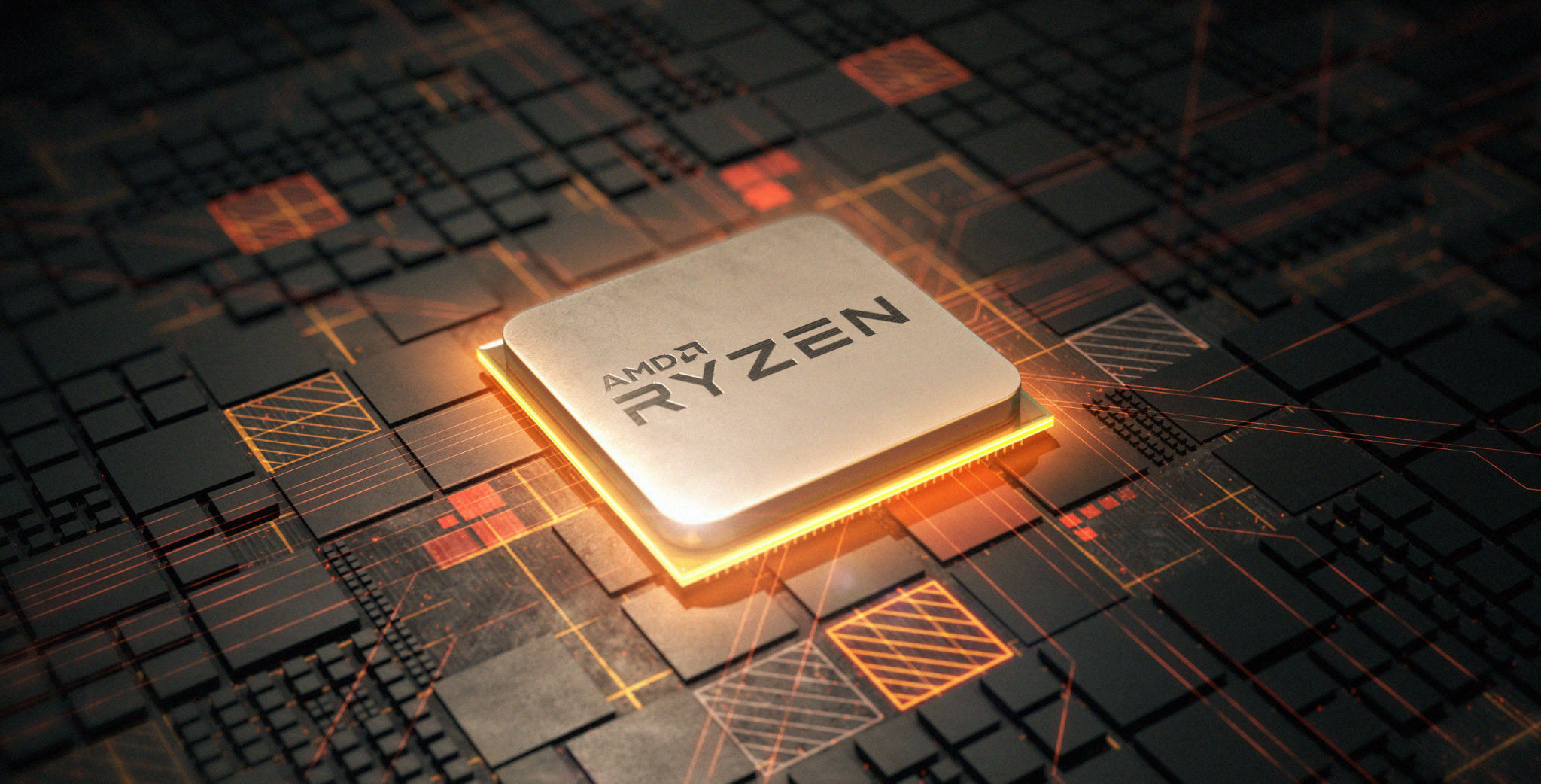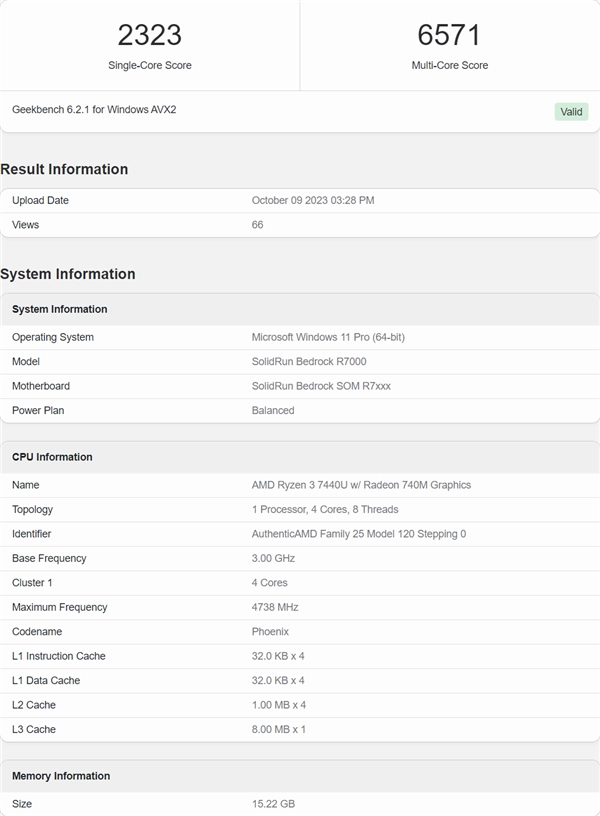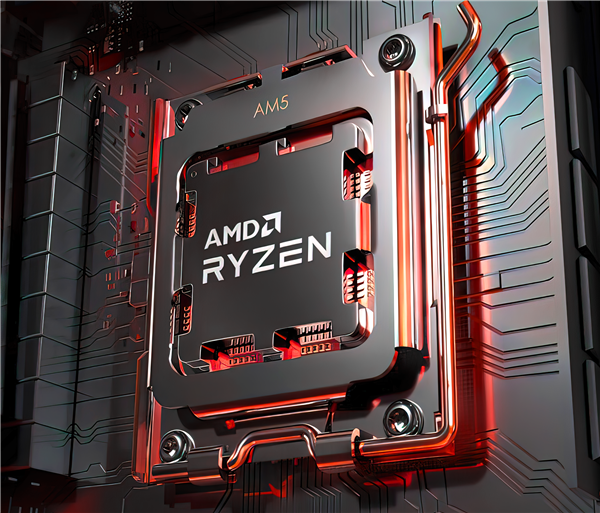AMD Large and Small Core Processors Make Their First Appearance, Killing Competitors of the Same Level in Performance
Recently, a new processor under AMD's umbrella leaked a low voltage processor on the mobile end. It is reasonable to say that the leakage of this non flagship processor is difficult to attract attention, let alone a Ruilong 3(a low-end model in AMD's Ruilong product line).
However, the Ruilong 3 7440U is different because it is AMD's first processor with a large and small core design, and it is also the first time that the performance of this architecture design has been exposed. AMD's first batch of large and small core processors were only released on mobile platforms, and only two processors, the Ruilong 3 7440U and the Ruilong 5 7540U, were available.
Even so, we can still see from it how powerful AMD's large and small core architecture is, and whether it can return AMD to the main battlefield of PC processors and once again compete with Intel at the pinnacle of the Forbidden City?
AMD also plays with big and small cores?
Two years ago, during a critical period of market competition between AMD and Intel, despite Intel's increased promotion efforts, the sales of the 11th generation Core processor were still slightly lower than AMD. The outcome of the battle between the two sides mainly depends on whether Intel's new product line in the second half of the year can surpass the other.
In 2021, AMD launched products mainly aimed at supplementing the Ruilong 5000 series, such as the mobile versions of the Ruilong 5000G series and the Ruilong 5000 series, with no significant updates on the desktop. On the other hand, Intel, after completing the 11th generation Core camp at the beginning of the year, quickly brought the 12th generation Core to the table in the second half of the year, and adopted a brand new size core design.
Although the initial design of large and small cores was still slightly inferior to AMD's 5800X3D processors in terms of system scheduling, gaming experience, and other aspects due to its immature structure, its outstanding performance in multi-core and good power consumption performance have made the 12th generation Core a best-selling product.
The subsequent 13th generation Core processors have further improved the scheduling and performance optimization of both large and small cores. At the same time, AMD's Ruilong 7000 series processors, apart from the X3D version, have had a significant impact. Sales of other models have plummeted, and market share has dropped again and again.
For AMD, it is now time to start anew, and it is difficult to continue along the same path as Intel. As a more efficient new architecture, large and small cores will naturally become AMD's choice. If nothing unexpected, the Ruilong 7000 series should be the last generation desktop full core processor we can buy, and next year's Ruilong 8000 series is likely to be fully replaced with a large and small core architecture.
What is the performance of AMD's large and small cores?
From the currently exposed performance data, it can be seen that the performance of AMD's large and small core architecture is not poor. According to the database, the Ruilong 3 7440U is manufactured using TSMC's 4nm process, with two Zen4 cores and two Zen4c cores, forming a four core and eight threaded design. The second level cache is 4MB, and the third level cache is 8MB, with a maximum frequency of 4.9GHz. The core display integrates four RDNA3 GPU units, and the main frequency of the core display is up to 2.5GHz, with a TDP of 15-30W.
In terms of parameters alone, the performance of the Ruilong 3 7440U is not poor, and it can even be said to be one of the top entry-level mobile processors currently. In the GeekBench 6 test, the single core performance score of the Ruilong 3 7440U was 2323, and the multi core performance score was 6571.
Let's take a look at the single core performance first. It can be said to be unparalleled in the mobile field, even surpassing the same level of Intel desktop processors. The i3-13100F's single core performance score is only 2278. In the same level of processors on the mobile end, they are basically invincible.
So much core performance? The multi-core performance of the Ruilong 3 7440U is not as impressive as that of a single core, but it still performs well. Although it lags behind desktop processors such as i3-12300 and i3-13100F, it still leads by nearly 20% compared to the 5284 multi-core score of i3-1315U, which is enough to prove its leading position in low-voltage processors of the same level.
However, Intel's 14th generation Core processor is about to be released, and the mobile version should be available early next year without any surprises. At that time, there will be another bayonet battle between the two, and who will win may only be known after testing.
Which is better, isomerism or isomorphism?
However, those who are interested may have noticed that since the Ruilong 3 7440U claims to use a large and small core design, why is it still single core dual threaded? According to Intel's large and small core architecture, it should be four cores and six threads. Why is it four cores and eight threads? Isn't this the same as traditional multi-core and multithreaded processors?
This is the difference between AMD and Intel. Zen4c is actually the same structure as Zen4, but it adopts a different performance scheduling scheme and frequency curve from Zen4, allowing the processor to achieve a new balance between power consumption and performance. This design is generally referred to as the isomorphic size core solution, while Intel's is the heterogeneous size core solution. It can be said that although they both follow the size core path, Intel and AMD are actually taking a completely different direction.
Homogeneous and heterogeneous, although directed in different directions, have the same purpose, both aimed at improving processor performance and efficiency, allowing the system to allocate tasks and calls more flexibly. However, heterogeneous and heterogeneous do have different areas of expertise. First of all, let's talk about heterogeneity. Intel's large and small core design has obvious advantages in power consumption, and allows it to provide excellent power consumption and thermal performance under low usage conditions, making it very suitable for mobile devices and small PCs.
So what about isomorphic size kernels? Compared to heterogeneous sized cores, the power advantage of homogeneous design is obviously much smaller, but it still has significant advantages compared to traditional full size core designs, and there are more threads. Relatively speaking, in high-load large-scale tasks, the overall performance of homogeneous sized cores will be better.
In daily use, the performance of the two may be very similar, and the advantages of AMD may be evident in high-load tasks. However, according to previous test results, although the efficiency core performance of heterogeneous designs is not as good as that of performance cores, Intel's single core performance has always been ahead of AMD. Coupled with targeted scheduling optimization of Windows systems, even though the efficiency core performance is weak, the participation is high, which to some extent compensates for its weaknesses. Therefore, it is not clear who will ultimately win.
Personally, I believe that it is not easy to determine the direction of Intel and AMD before AMD's desktop processors have been released. However, it is certain that with AMD's pursuit, Intel should also accelerate again, allowing the processor upgrade speed to accelerate again. For consumers, regardless of who wins, it is beneficial and harmless.


